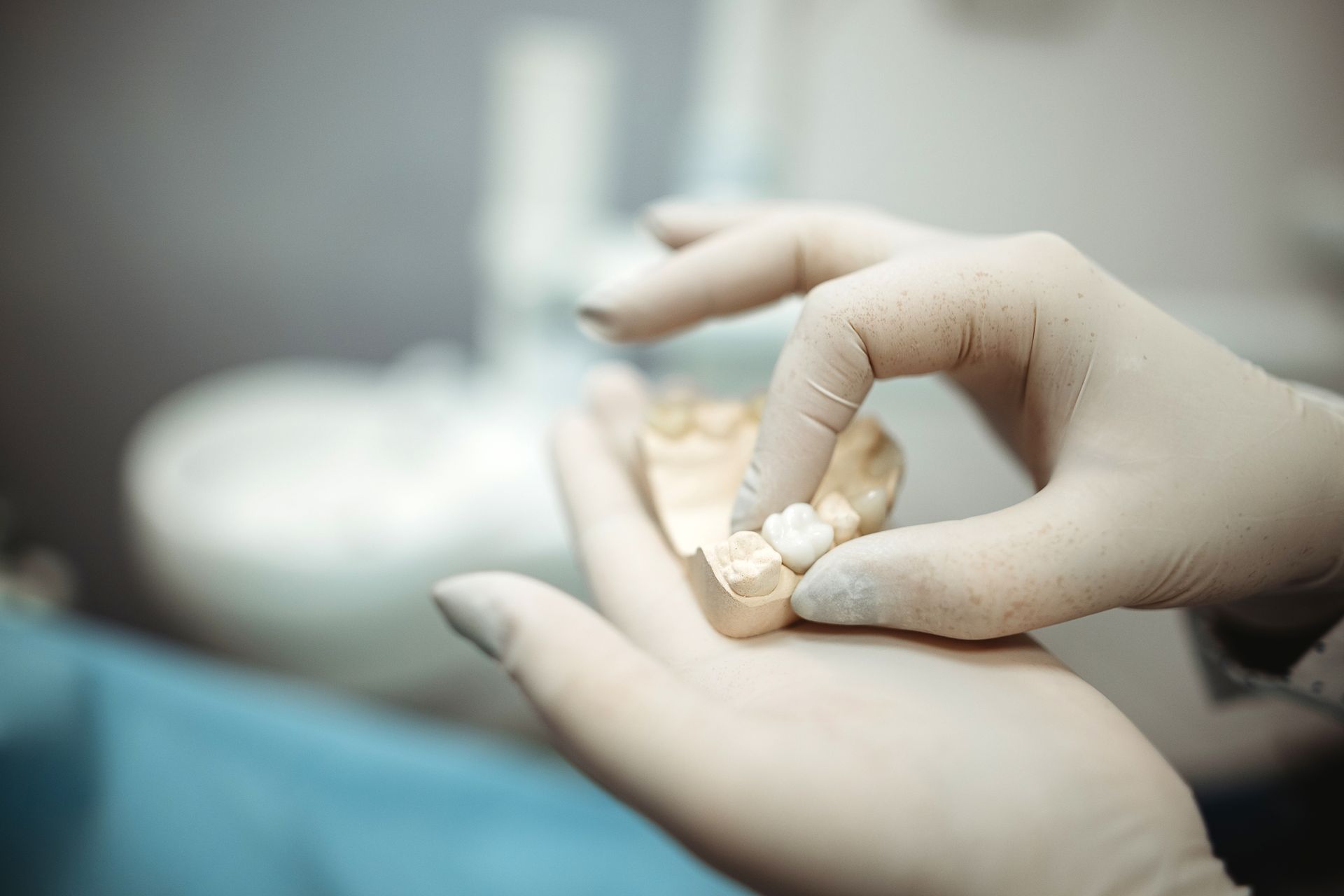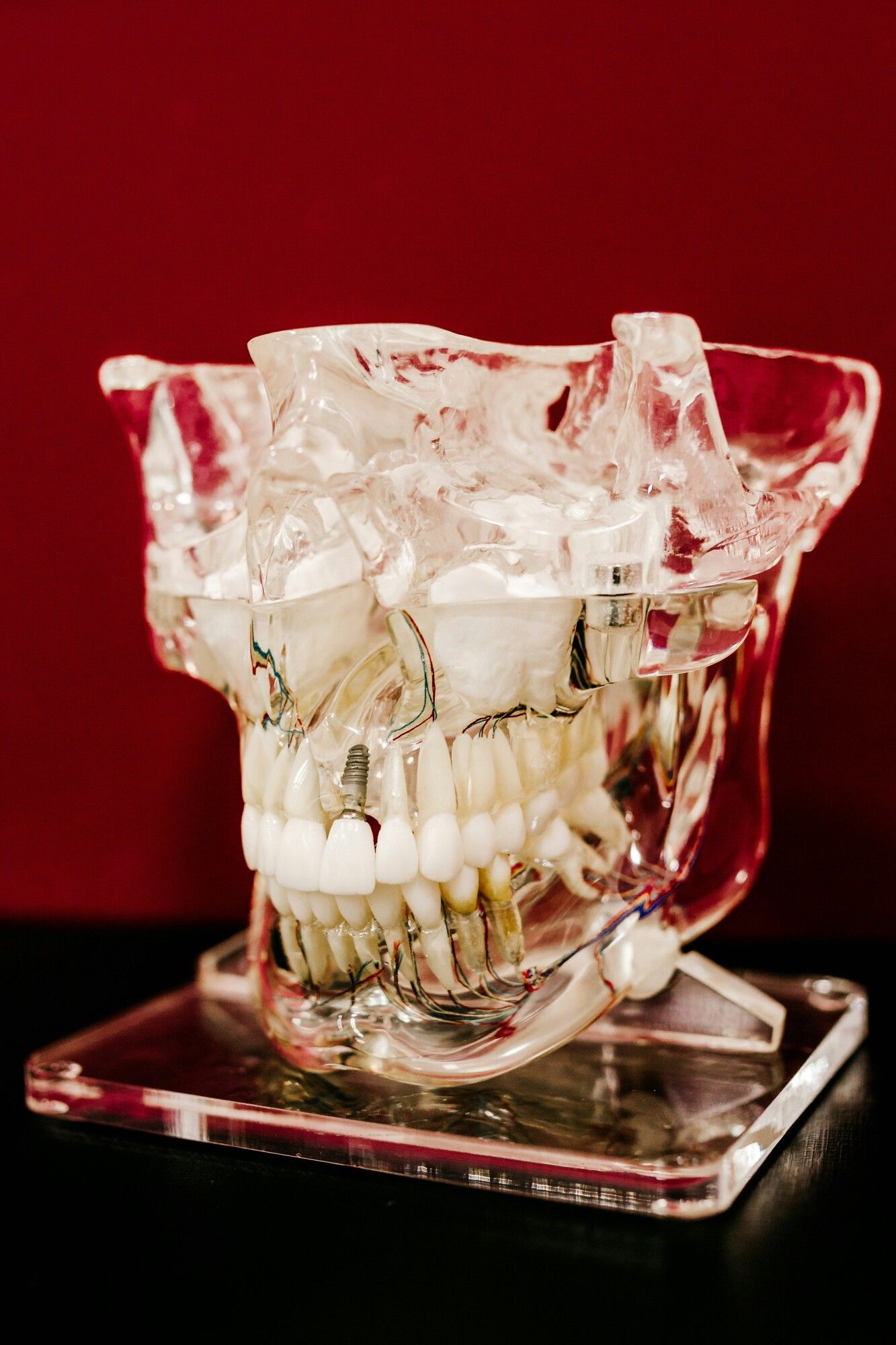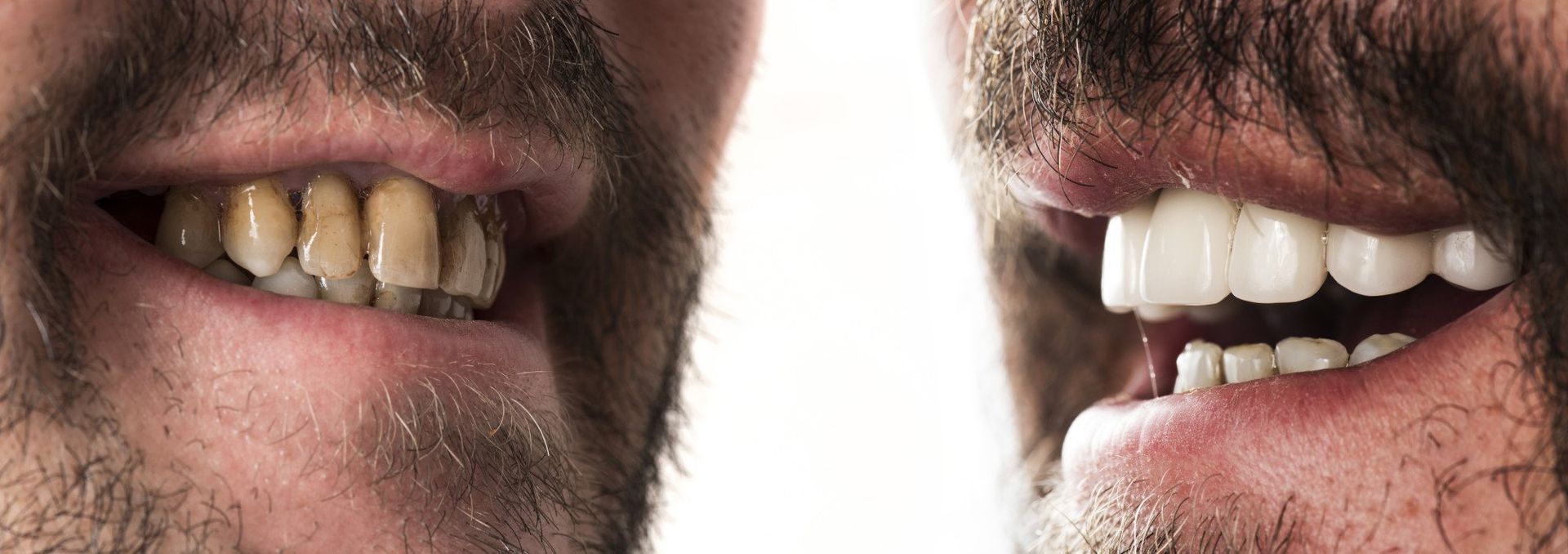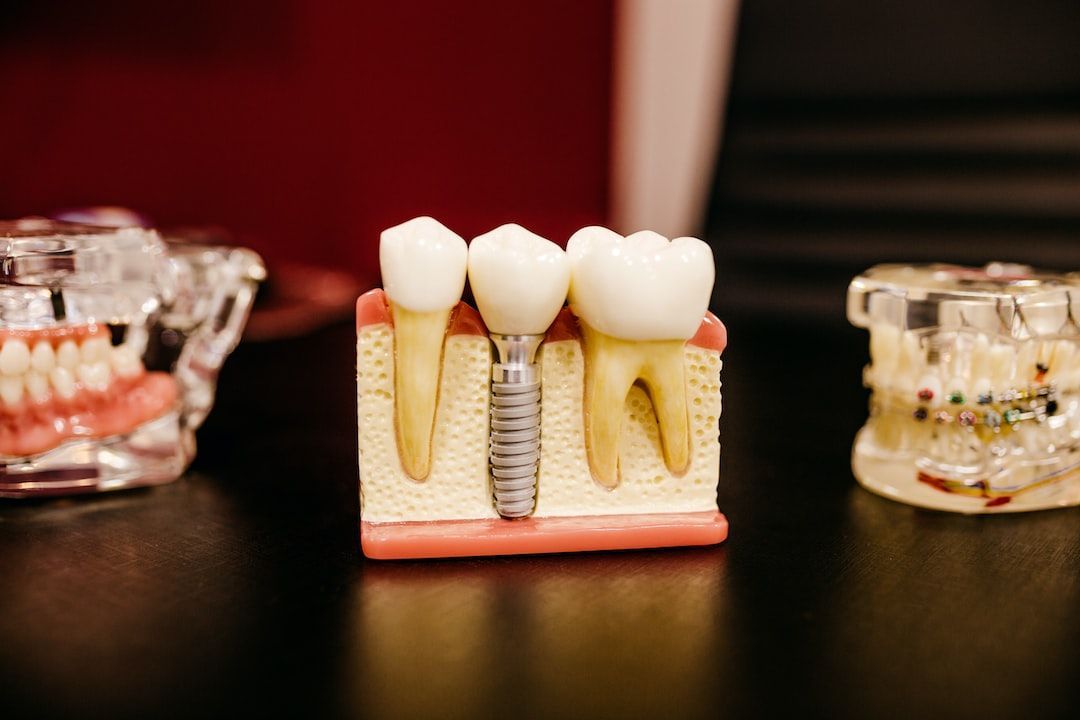West New York, NJ
(201) 865-5150
Teaneck, NJ
(201) 836-4400
West New York, NJ
(201) 865-5150
Teaneck, NJ
(201) 836-4400
A Guide to the Different Types of Dental Fillings
Are you preparing to get a dental filling soon? Read here for a guide to the different types of dental fillings to find the right option for you.

Untreated cavities or dental caries affect 2 billion people around the world, and 1 million have severe gum disease. Almost half of the world has an untreated oral disease, which is more than mental, cardiovascular, and respiratory diseases, cancer, and diabetes combined.
Oral care is a global health issue, and one of the most common solutions is dental fillings. They fill cavities, close gaps, and repair cracked or broken teeth.
The problem is so severe that it requires a wide range of solutions to suit every patient. Read on to learn all the types of dental fillings you can choose from at a dentist in Teaneck and West New York, NJ.
Silver Amalgams
Silver amalgams are one of the most well-known types of fillings. They're a mixture of metals such as silver, tin, zinc, copper, and mercury.
The mercury in the amalgam is safe, but it can create allergic reactions. Those at high risk include:
- Pregnant or nursing women
- Children under six years old
- Those with neurological conditions such as Alzheimer's, multiple sclerosis, or Parkinson's
- Those with impaired kidney function
At the same time, it's best for those at risk who already have these dental fillings to keep them. That can impair existing bone structure and expose them to dangerous levels of mercury.
They're durable and last 10-15 years. They're also less expensive than composite fillings.
You may need to have your teeth removed to create enough space. This creates a grayish hue that isn't aesthetically pleasing and increases the risk of cracks and fractures.
Gold
Gold isn't one of the most common dental filling options. Not every dentist in Teanacek and West New York, NJ offers them, but they do have their advantages.
Gold fillings are sturdy and can last at least 10-15 years. They're also aesthetically pleasing and match the appearance of your natural teeth well.
They're more expensive, you may need more than one visit to have them placed. You may even experience what's known as a galvanic shock if a gold filling next to a silver amalgam causes an electric current.
Composite Fillings
Composite fillings are a combination of resin and plastic material. They're soft when they're placed in the mouth but then hardened with blue light.
They have the largest share of the market for dental filling materials. They're a popular option because they can be matched to the shade of your existing teeth. This keeps them from standing out, which is especially important if you need to replace your front teeth. They can also replace part of a chipped or broken tooth.
They're not the most durable and need to be replaced every few years. They also cost more than other options such as silver and take longer to place.
Ceramic Fillings
Ceramic fillings are made from a special type of porcelain. They're durable and resist stains and abrasion better than composite. They can also be matched to the exact shade of your teeth.
They're one of the more expensive options and can cost as much as gold. The dentist also needs to clear out a larger area in your teeth to put them in.
Glass Ionomer Fillings
Glass ionomer fillings are made of acrylic and specialized glass. This is one of the best options for teeth below the gum line and children whose teeth are still growing.
One thing they do that no other dental filling does is release fluoride. It's a special compound that's been proven to improve oral health by preventing decay and strengthening enamel.
Ionomer fillings are weak and prone to cracking and wearing out and will only last for a few years. They're also not the best at matching natural teeth color. Get them temporarily in childhood and then replace them with a stronger option later if necessary.
Inlays and Onlays
This unique option is similar to a composite filling. It's used for those who don't have enough remaining tooth structure to support a filling but don't need a crown.
Inlay vs. Onlay
An inlay is similar to a filling but only affects the cusps or chewing surface of the tooth. An onlay is more extensive and covers more surface. It's also known as a partial crown.
Direct vs. Indirect
Indirect inlays or onlays are fashioned in a laboratory. Any decay or old fillings get removed, then the dentist takes an impression of the tooth being repaired. That's sent to the laboratory and a temporary filling is made. On the final visit, it'll be cemented into place if it fits.
A direct inlay or onlay follows the same procedure. The difference is that they're made in the office and can be placed in a single visit. This makes them quicker and less expensive.
Both types of inlays tend to be more durable than traditional fillings. They can be made of resin, porcelain, or gold. They weaken the tooth structure, but less than a traditional filling.
Temporary Fillings
Temporary fillings are, as their name suggests, a temporary solution. Most fall out, fracture, or wear out a month after being placed.
They can protect your teeth between fillings that require more than one appointment such as indirect onlays. They're helpful after a root canal and help a tooth's nerve relax if its pulp becomes irritated. They're also used after emergency procedures such as severe toothache relief.
Take extra care of them and watch what you eat so they last as long as they need to. Call your dentist as soon as possible if you notice an infection or other complications.
Get Dental Fillings from a Dentist in Teaneck and West New York, NJ
Oral health is a global issue that requires a global solution. One of the most popular is dental fillings. They're primarily used to fill in cavities, and there are several types.
They can be made from almost any material, including composite, silver, gold, ceramic, and glass.
Inlays and onlays are an in-between option when your teeth can't support a filling but don't need a crown. You can even get a temporary filling while you're waiting for your permanent one.
Complete Dental Works is a trustworthy local dentist in Teaneck and West New York, NJ. Contact us today.

All Rights Reserved | Complete Dental Works
201-468-6207












